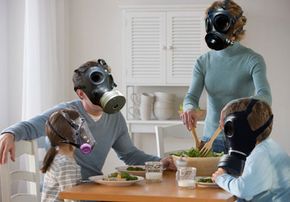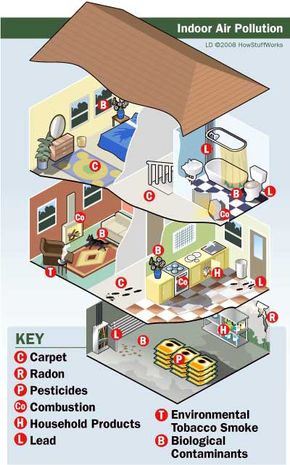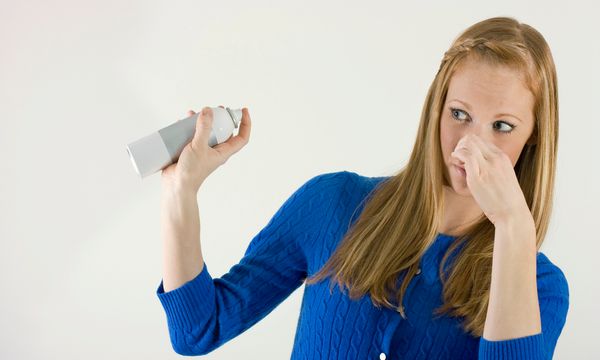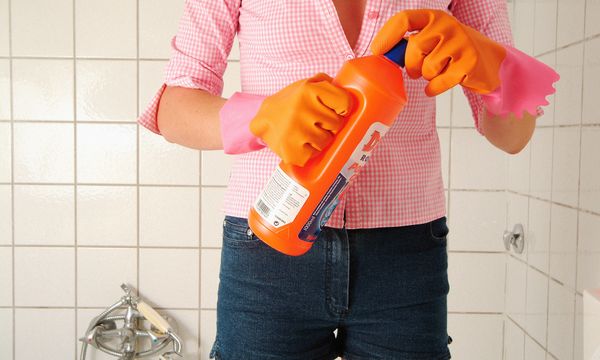The air we breathe leaves much to be desired. Coal plants belch harmful CO2, 18-wheelers spew filthy exhaust and cows add methane to the mix. Sometimes just looking out your window at all the pollution may be enough to make you shun the outdoors.
But what's inside may be even worse. Indoor air pollution, the degradation of indoor air quality by harmful chemicals and other materials, can be up to 10 times worse than outdoor air pollution [source: Dunn]. This is because contained areas enable potential pollutants to build up more than open spaces do. You can easily visualize this if you think about dumping a gallon of oil into the ocean versus dumping a gallon into your bathtub. The oil in the ocean will dissipate and be diluted within the massive volume of water. That same oil in your bathtub will linger because it has nowhere else to go. The same thing happens with pollutants released into a small enclosed area, like your home or office.
Advertisement
You may think indoor air pollution doesn't apply to you. After all, you live nowhere near a highway, farm or industrial plant. You don't smoke and you don't use a wood-burning stove. But indoor air pollution comes from some places you wouldn't normally think of, like your house, the land it's sitting on and everyday items you can purchase at the store. In addition, if you consider that people spend approximately 90 percent of their time indoors, and around 65 percent inside their homes in particular, you can see why indoor air pollution is an important issue [source: Dunn].
Some of the side effects caused by indoor air pollution are little worse than those of the common cold, but long-term exposure can lead to a coma, lung cancer, and death. Got your attention, yet? Learn more about some of the causes of indoor air pollution next.
Advertisement






